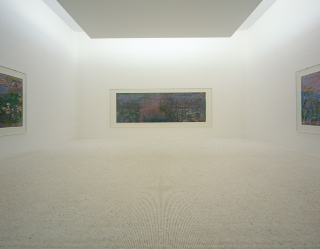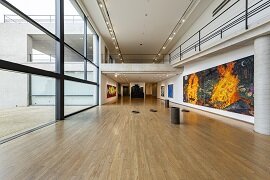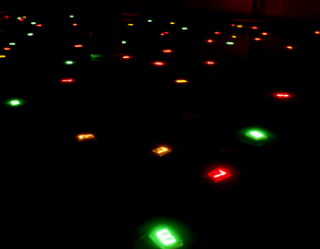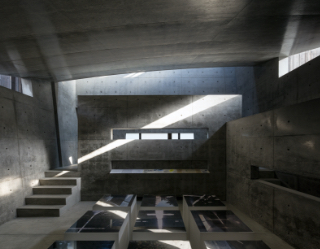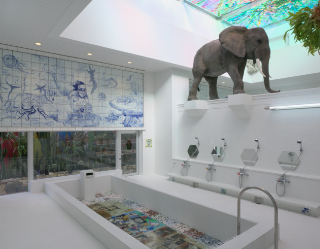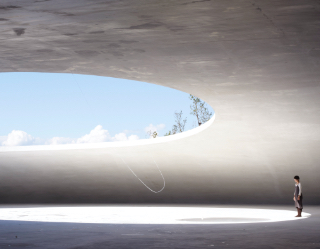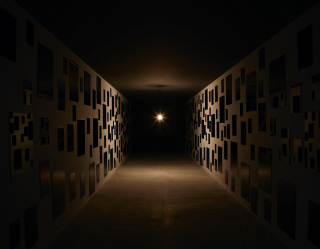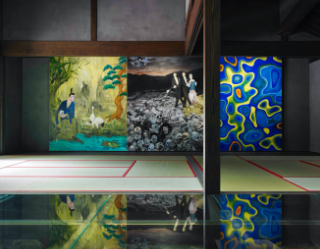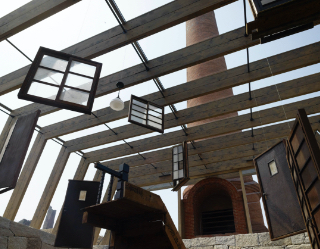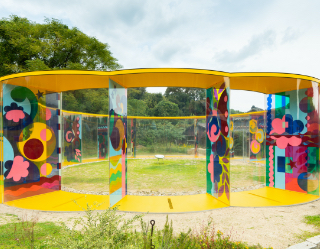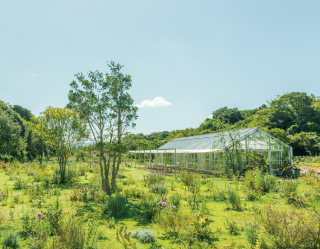Art & Architecture
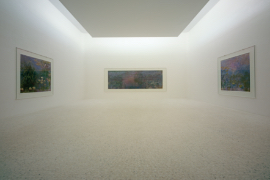

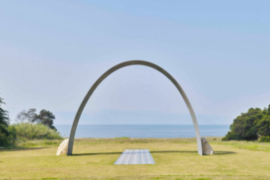
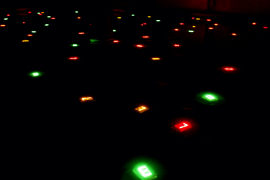
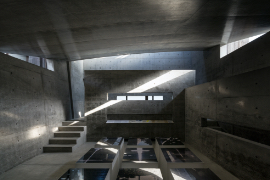
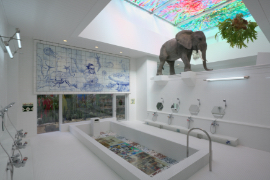
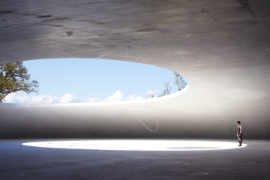
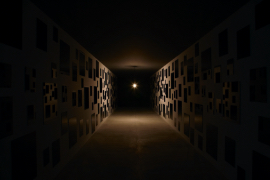
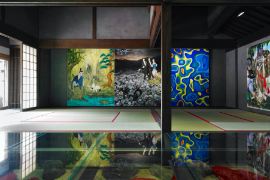
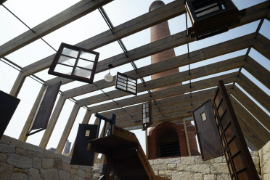
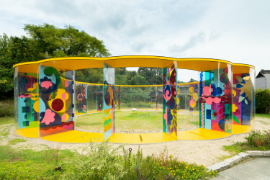

Naoshima
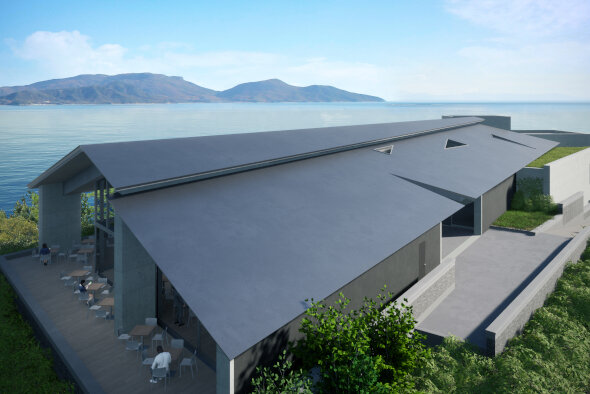
Naoshima New Museum of Art
Naoshima New Museum of Art is scheduled to open in spring 2025 on a hilltop near the Honmura district. The new museum is designed by Tadao Ando, and it will be his tenth architectural work among the art facilities of Benesse Art Site Naoshima. In a three-storied structure that houses two basement floors and a ground floor, the museum will exhibit and build a collection of major works and commissioned works of artists from the Asian region including Japan.
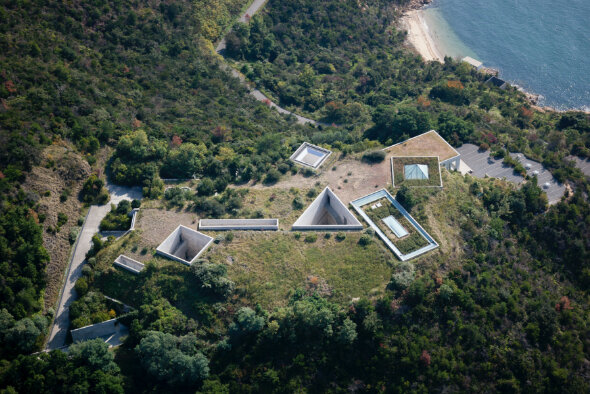
Chichu Art Museum
Chichu Art Museum was constructed in 2004 as a site rethinking the relationship between nature and people. The museum was built mostly underground to avoid affecting the beautiful natural scenery of the Seto Inland sea. Artworks by Claude Monet, James Turrell, and Walter De Maria are on permanent display in this building designed by Tadao Ando.
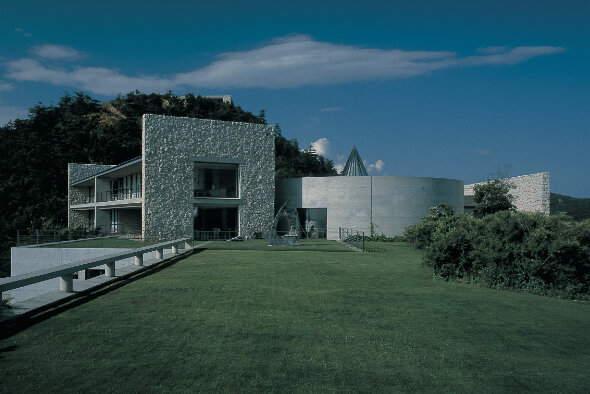
Benesse House Museum
Benesse House Museum opened in 1992 as a facility integrating a museum with a hotel, based on the concept of "coexistence of nature, art and architecture." Designed by Tadao Ando, the facility is built on high ground overlooking the Seto Inland Sea and features large apertures that serve to open up the interior to the splendid natural surroundings.
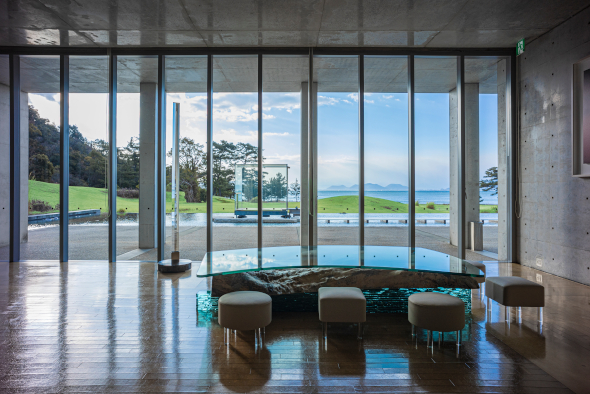
Hiroshi Sugimoto Gallery: Time Corridors
Hiroshi Sugimoto Gallery was conceived to connect Naoshima and Enoura, which can be said to be the starting point of Sugimoto's creative activities since Sugimoto's longtime efforts in Naoshima led to the creation of his ultimate work as an artist, "Enoura Observatory" in Odawara.
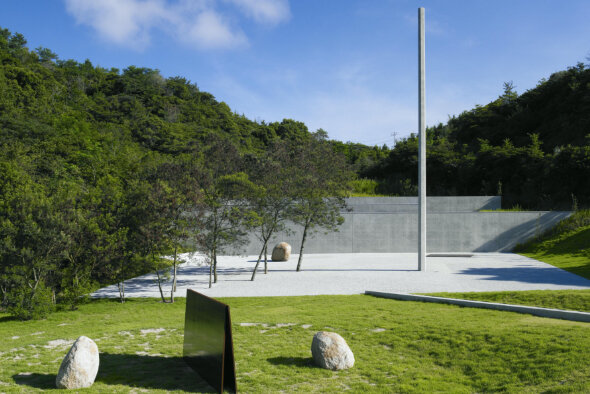
Lee Ufan Museum
A museum resulting from the collaboration between internationally acclaimed artist Lee Ufan, presently based mainly in Europe, and architect Tadao Ando. The Ando-designed semi-underground structure houses paintings and sculptures by Lee spanning a period from the 1970s to the present day. Lee's works resonate with Ando's architecture, giving visitors an impression of both stillness and dynamism.
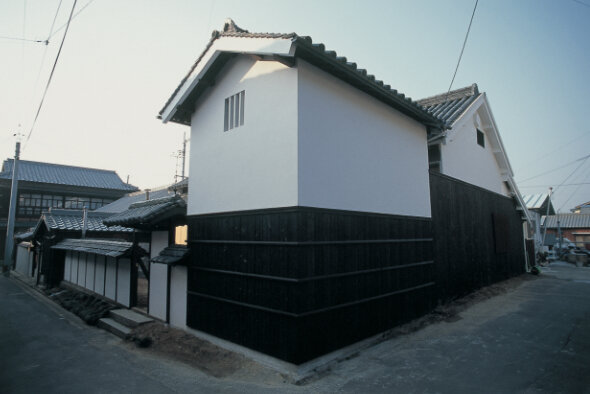
Art House Project
The Art House Project is an art project underway in Naoshima's Honmura district. It began in 1998 with Kadoya, and currently comprises seven locations: Kadoya, Minamidera, Kinza, Go'o Shrine, Ishibashi, Gokaisho, and Haisha. In this project, artists take empty houses scattered about residential areas and turn the spaces themselves into works of art, weaving in history and memories of the period when the buildings were lived in and used.
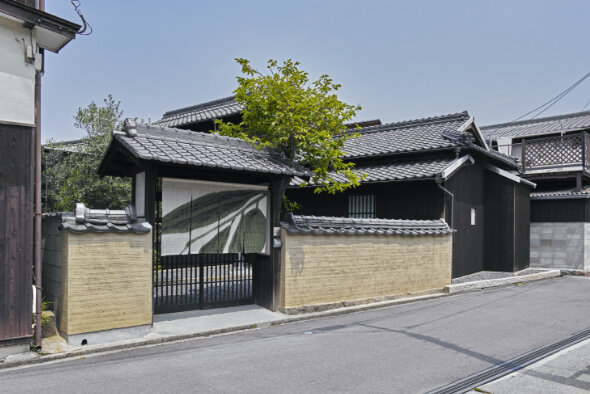
ANDO MUSEUM
A Tadao Ando-designed inner space, framed by unadorned concrete walls, infuses new life in this about 100-year-old traditional wooden house in Honmura. Here, contrasting elements of past/present, wood/concrete, light/shadow overlap in this space which condenses the essence of Tadao Ando's architecture.
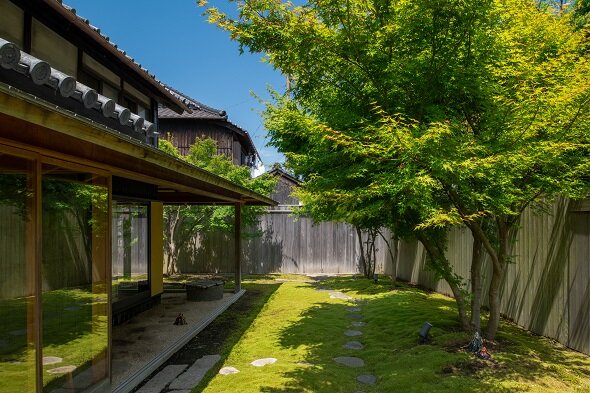
Ring of Fire - Solar Yang & Lunar Weerasethakul
New site-specific commission for the local house "Matabe" in Honmura district, opened to the public starting June 21 (Friday), 2024. Under the project title of "Ring of Fire," the entire house is profoundly rendered by works of two artists, who worked collaboratively to conceptualize the time and place. In this house, the cycle of "Day" and "Night" is articulated by the alternating activation of works.
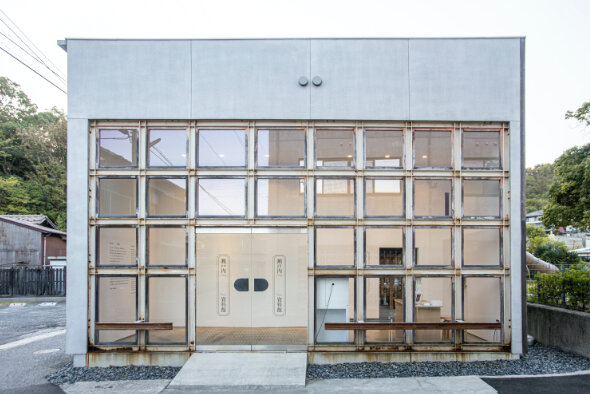
Miyanoura Gallery 6
Miyanoura Gallery 6 is a gallery opened in Miyanoura, on Naoshima Island, in the summer of 2013. It was designed along with the neighboring park by architect Taira Nishizawa as a place for both island residents and tourists to visit and enjoy, using the former pachinko parlor Pachinko 999, which had once been a popular entertainment facility for the islanders.
It is here, in Autumn 2019, that the Setouchi " " Archive project will begin.
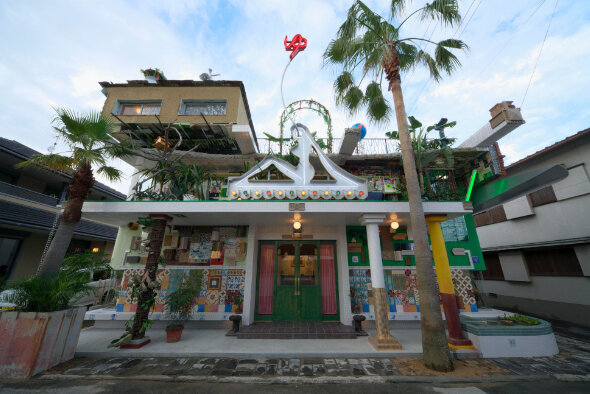
Naoshima Bath "I♥︎湯"
This is an art facility created by artist Shinro Ohtake where visitors are actually able to take a bath. "I♥︎湯" was created to provide both a place for Naoshima residents to rejuvenate and as a venue for exchanges between Japanese and international visitors and locals to take place. The exterior and fittings of the bathhouse, from the bath itself to the pictures decorating the walls, the mosaics, and even the toilet fittings, all reflect the universe of the artist.
The bathhouse is operated by the Town-Naoshima Tourism Association.
Come visit and soak in the tub, and experience art with your entire body.
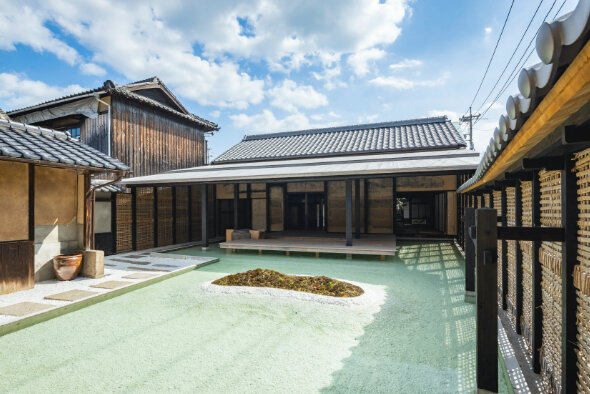
The Naoshima Plan "The Water"
The structure was interpreted by the architect Hiroshi Sambuichi, that the townscapes of Honmura, Naoshima were built to pass on "moving materials" like "wind" and "water" as if they were batons in a relay race. Having found not only in the beauty of the "moving materials" itself, but also in the community where it is carefully handed over to neighboring houses, Sambuichi emerged the beauty of the two through the renovation of the old house.
Teshima
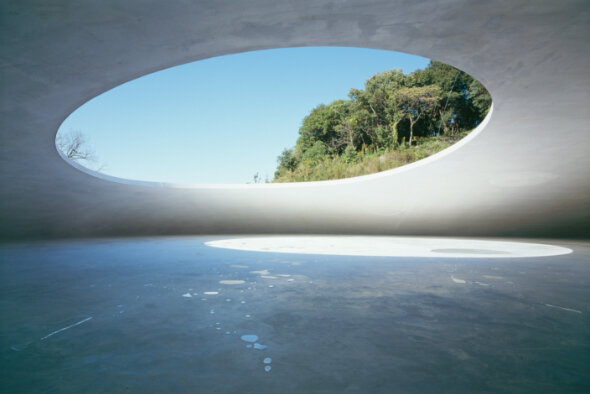
Teshima Art Museum
Uniting the creative visions of artist Rei Naito and architect Ryue Nishizawa, Teshima Art Museum stands on a hill on the island of Teshima overlooking the Seto Inland Sea. The museum, which resembles a water droplet at the moment of landing, is located in the corner of a rice terrace that was restored in collaboration with local residents.
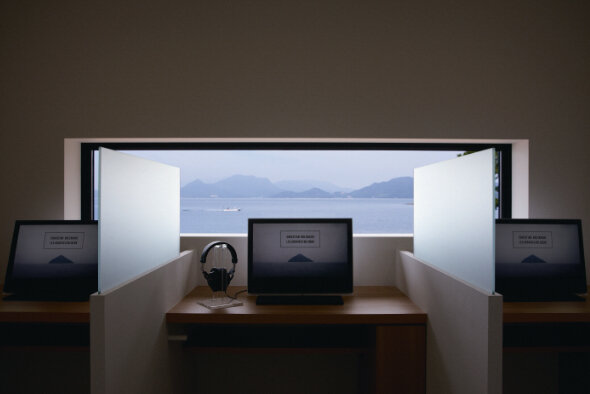
Les Archives du Cœur
"Les Archives du Cœur", by Christian Boltanski, permanently houses recordings of the heartbeats of people throughout the world. Christian Boltanski has been recording these heartbeats since 2008.
Les Archives du Cœur is a testament to the recordees' existence.
The recordings may be listened to by visitors. It is also possible to record your own heart beat here.
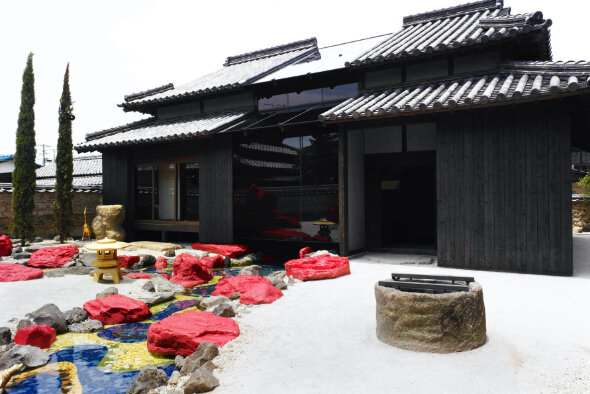
Teshima Yokoo House
The "Teshima Yokoo House", a collaboration between artist Tadanori Yokoo and architect Yuko Nagayama, was created by altering and renovating an old private house located in a hamlet in the Ieura District, facing the harbor that forms the entrance to Teshima Island. Making full use of the building's existing layout, the exhibition areas are divided into a "Main House," a "Warehouse," and an "Outhouse," displaying 11 two-dimensional works.
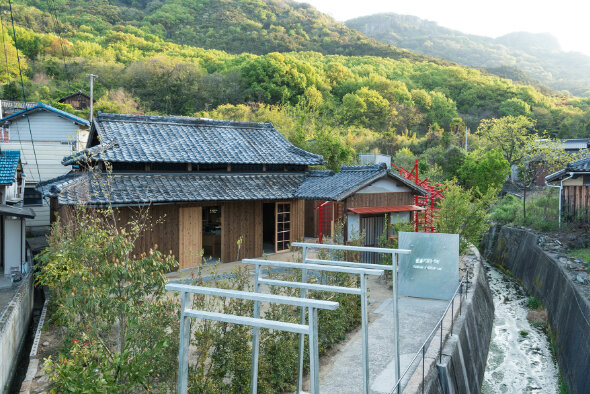
Teshima 8 Million Lab
Teshima 8 Million Lab is located in the seaside area of Kou in southwestern Teshima. In the Shinto religion, "Yaoyorozu" (which literally means "8 Million") is a word used to describe the myriad of gods believed to reside in almost anything - such as the wind, ocean, trees and animals.
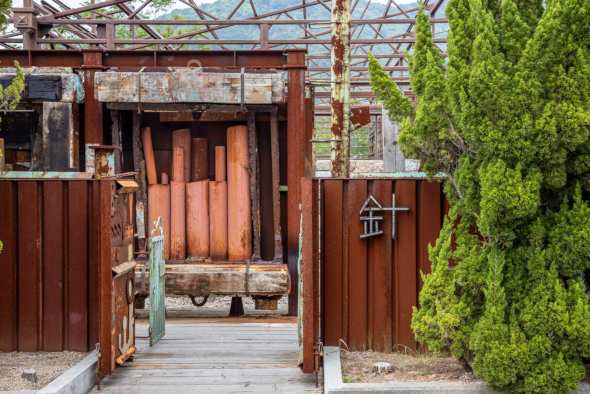
Needle factory
An abandoned sewing needle factory, which closed in the late 1980s, stands in the village of Ieuraoka on Teshima. Installed within its space is a wooden hull-form used in the manufacturing of red snapper net fishing boats, neglected for some 30 years, and never serving its original purpose after it was built in a shipyard in Uwajima. Each was carrying their own memories.

Tom Na H-iu
Tom Na H-iu is an ancient Celtic site of spiritual transmigration where souls are considered to spend a long time until the next migration. Inspired by this legend and the fact that ancient humans have built standing stones in many places all over the world, Mariko Mori created a new monument that symbolizes life and death in our time.
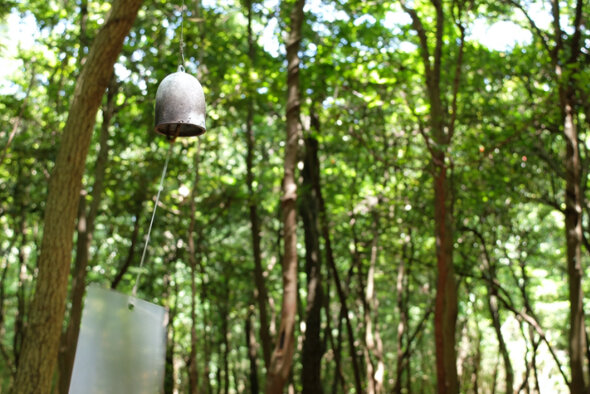
La forêt des murmures
Halfway up Mt. Danyama on Teshima island, countless wind chimes are installed in a forest, tinkling in the breeze. On strips of transparent material hanging from each bell are the names of loved ones written by past visitors. The sound of the wind chimes summons up the mystery of the soul, paying homage to the memory of those individuals, expressing both the vitality and transience of human life.
New visitors are invited to leave behind the name of a beloved one. At a later date, this name will be engraved on a strip in the visitor's own handwriting and will start swinging in the breeze, becoming part of the artwork.
On July 18th, 2016, the opening day, an artist talk was held on Teshima by Christian Boltanski. You can access the full text of his lecture here.
Inujima
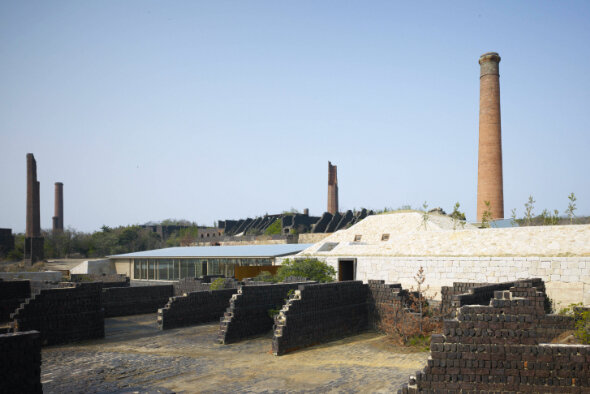
Inujima Seirensho Art Museum
Inujima Seirensho Art Museum is a museum that preserves and recreates the remains of a copper refinery that remains on Inujima Island, created by artist Yukinori Yanagi and architect Hiroshi Sambuichi. It features environmentally friendly architecture and works inspired by Yukio Mishima, who warned Japan against modernization, created in response to the architecture. There is also an advanced water purification system that uses the power of plants.
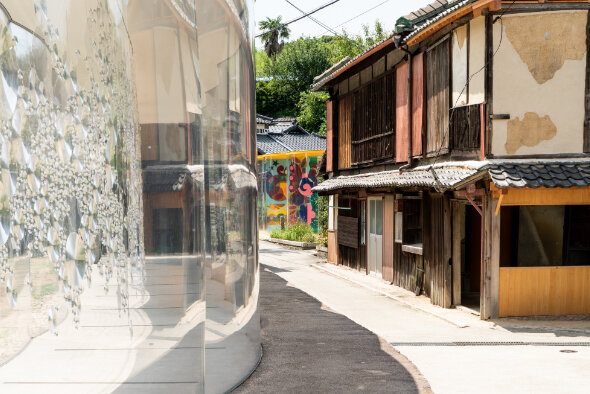
Inujima "Art House Project"
Inujima "Art House Project" was launched with the objective of inspiring the local community of Inujima, allowing them to experience the beautiful landscapes of everyday life and the familiar natural environments that extend beyond the artworks. Three galleries, F-Art House, S-Art House, and I-Art House, designed for special displays, and Nakanotani Gazebo (a rest area) were first opened on the island in 2010.
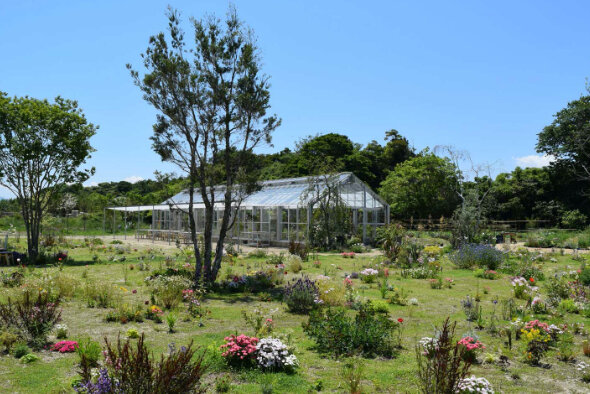
Inujima Life Garden
Roughly 4,500 square meters of land has been used to create a botanical garden reflecting the natural environment and culture of Inujima, with a long-abandoned glass greenhouse as a centerpiece. It is not a conventional botanical garden, professionally landscaped so that people can visit and observe plant life, but rather a place where island residents and visitors can join in the process of reviving the land.
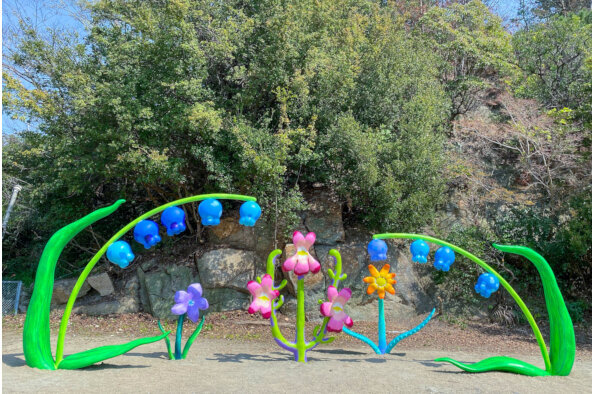
INUJIMA Art Rendezvous
INUJIMA Art Rendezvous is a project involving works of art and events to encourage people to interact with each other on the island of Inujima. Artist Ellie Omiya's works are being gradually appeared around the island.
Megijima
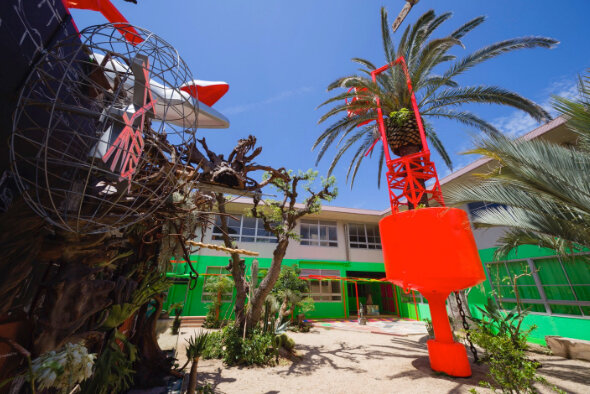
MECON
A new work installed by Shinro Ohtake in the inner courtyard of the defunct Megi Elementary School. The title of the work is coined from the "Me" in Megijima and "con", which is the Japanese word for" root", used to symbolize the vitality of life. It conveys the hope that the people of Megijima will keep their roots on the island.


